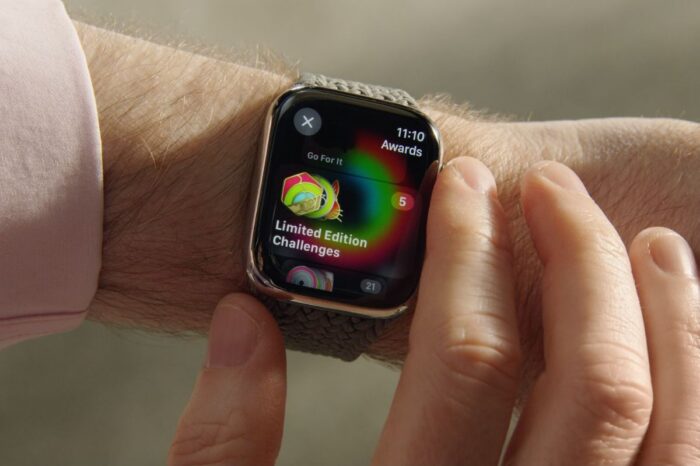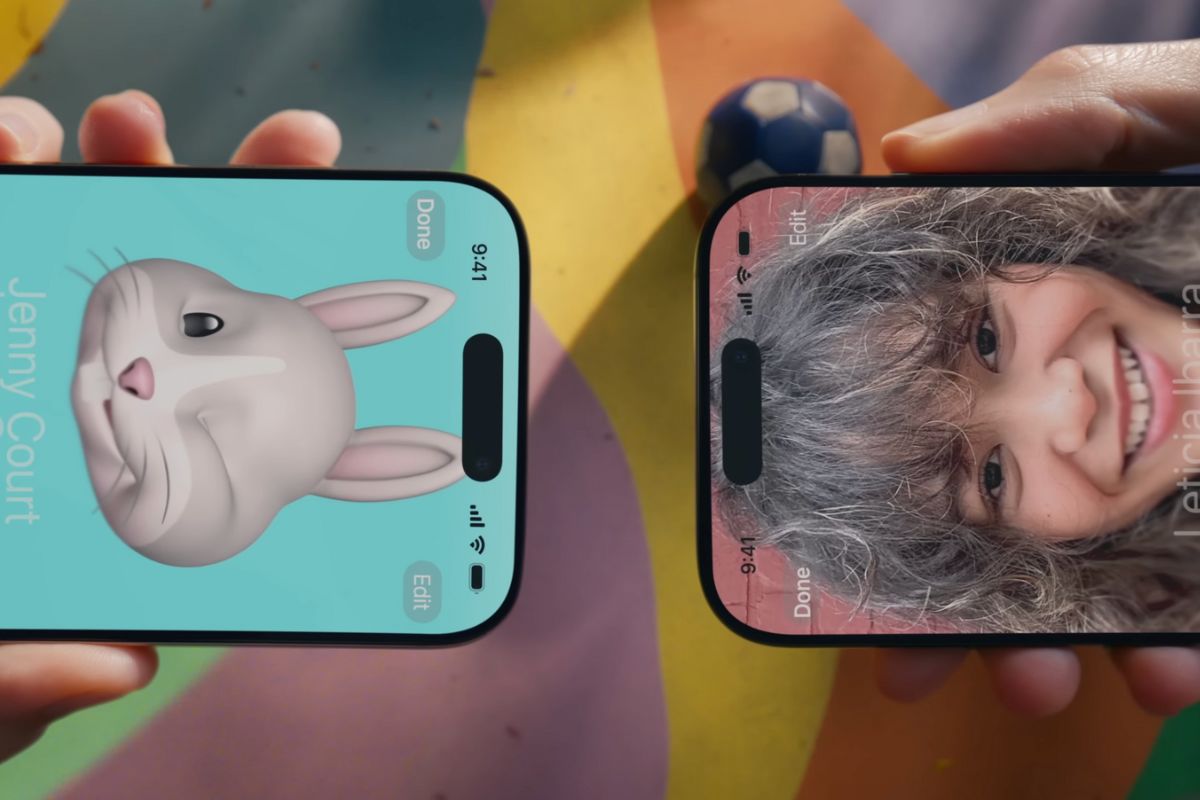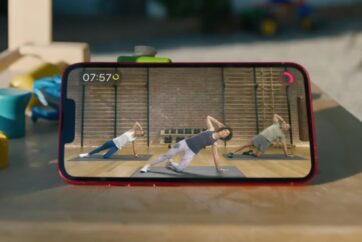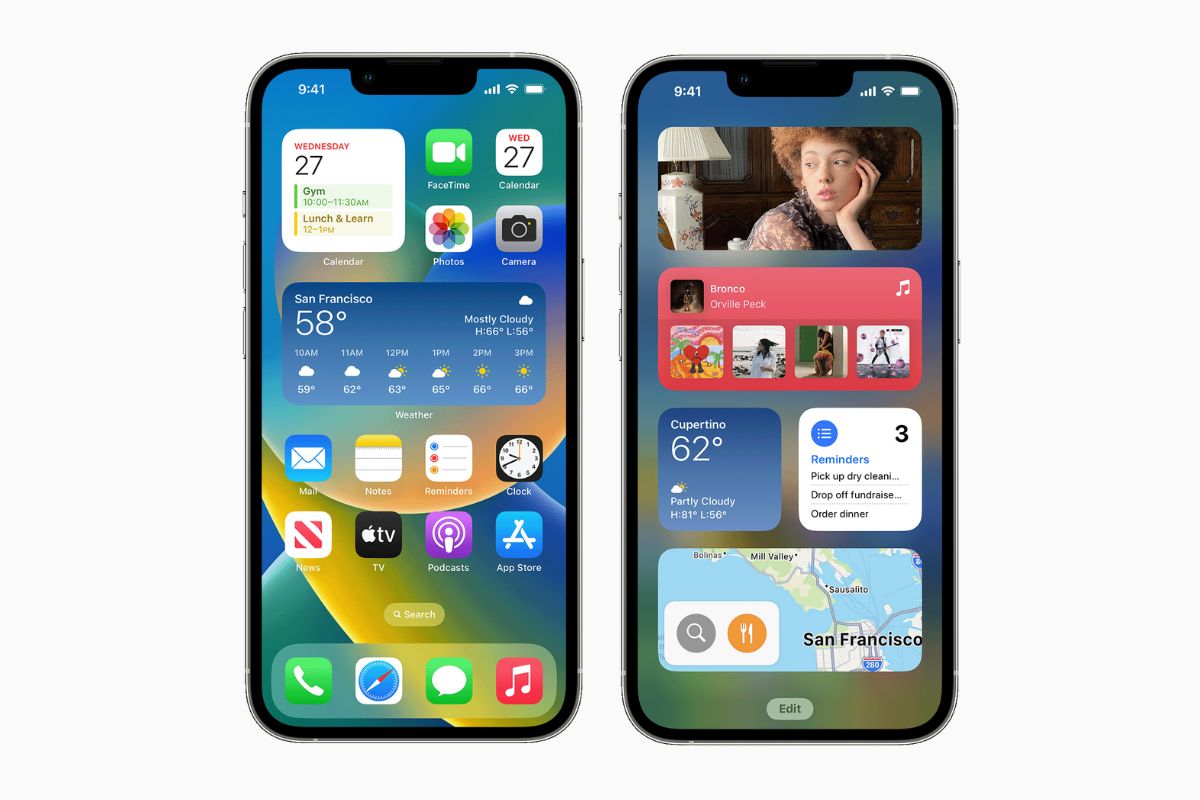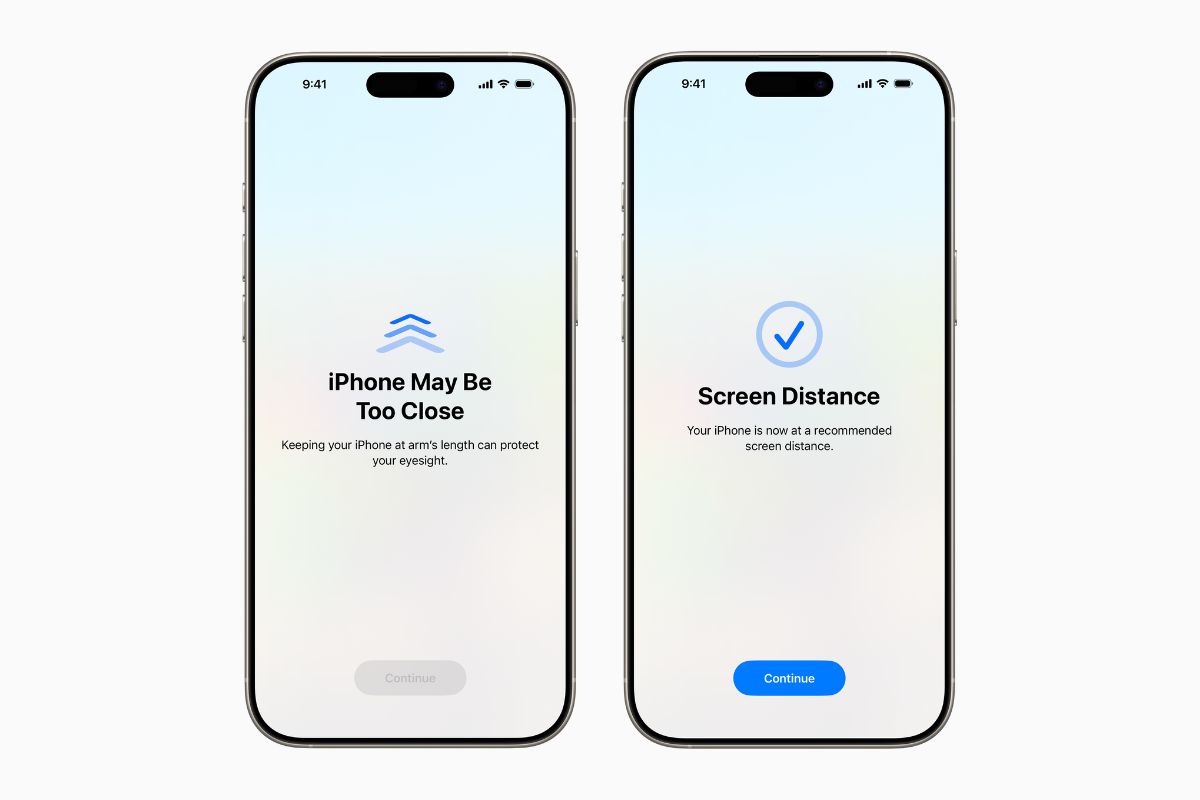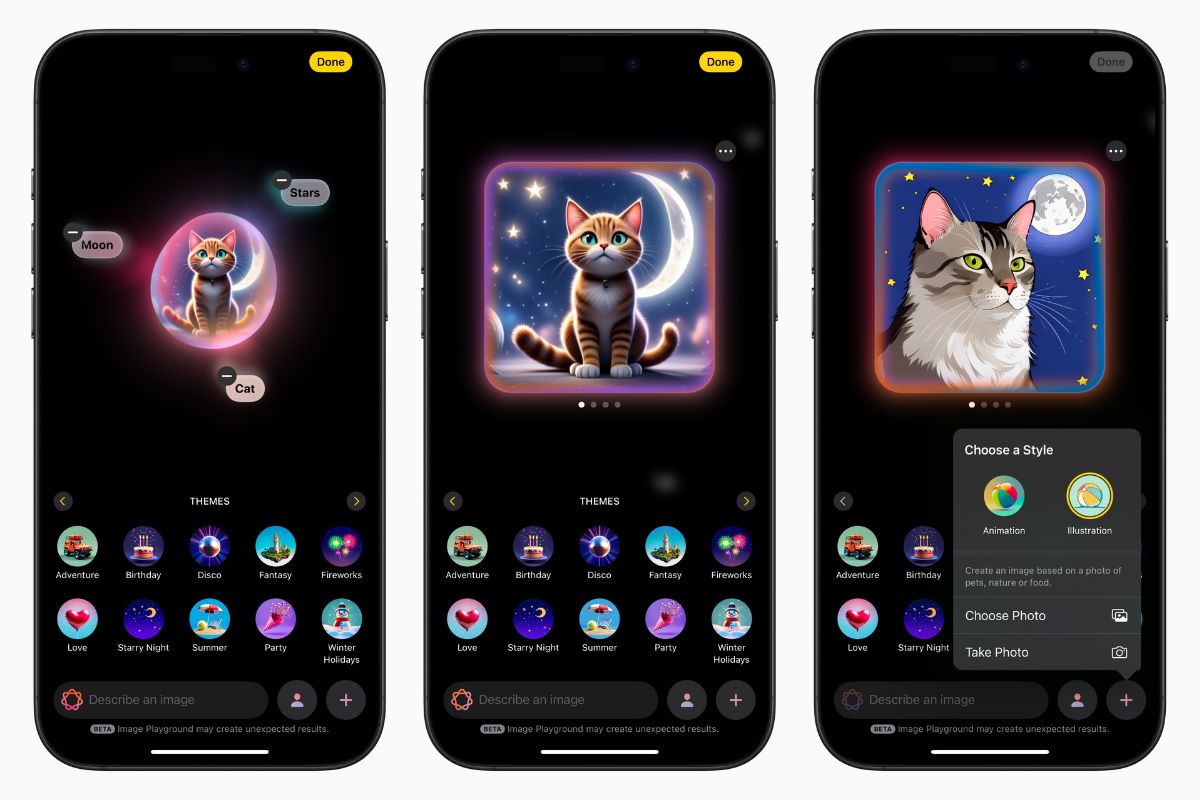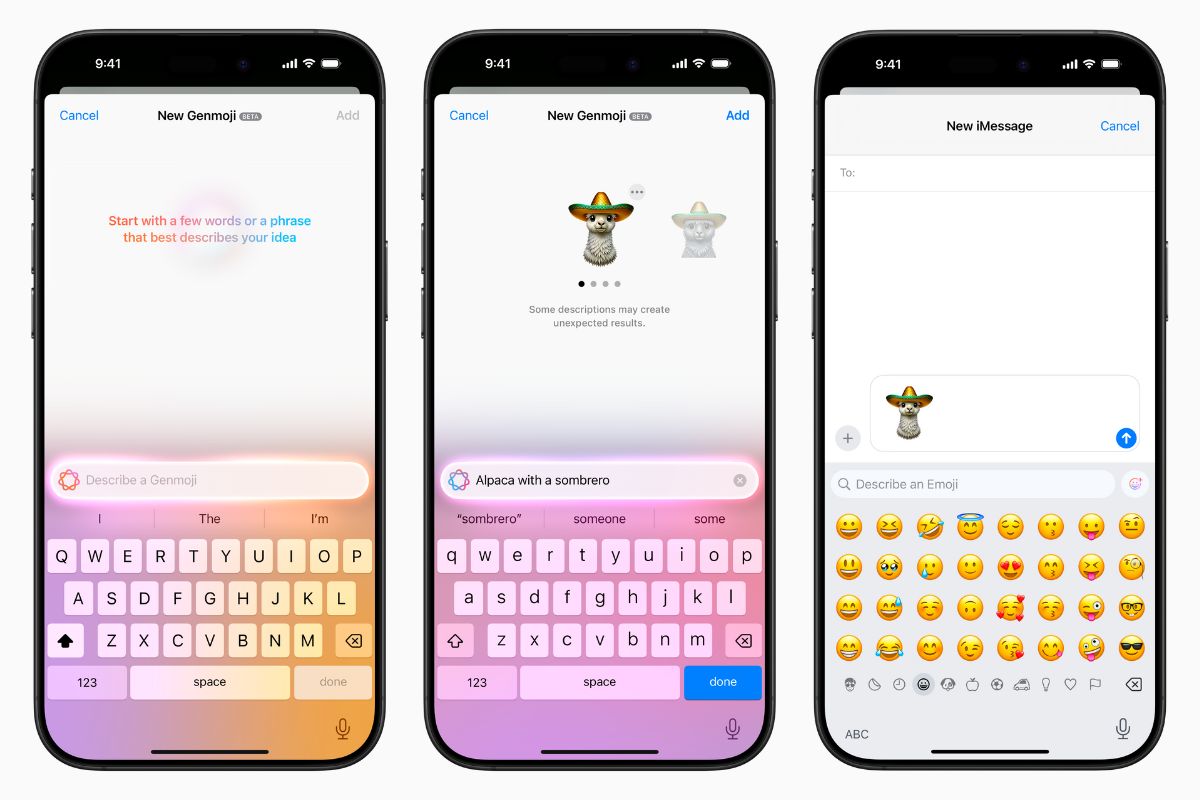Apple unveils new ‘Liquid Glass’ design across iOS 26, macOS Tahoe, and more

Apple has officially unveiled a sweeping visual redesign across its major platforms — iOS 26, iPadOS 26, macOS Tahoe 26, watchOS 26, and tvOS 26 — introducing a new design language called Liquid Glass.
Liquid Glass is a dynamic, translucent material that reflects and refracts its surroundings in real time, adapting to content and context with fluid motion and refined detail. It breathes new life into system elements like app icons, widgets, controls, and navigation, creating a sense of depth and vitality throughout the interface.

Image: Apple
For the first time, this unified aesthetic spans all Apple platforms, bringing harmony across devices while preserving the unique characteristics of each system.
“At Apple, we’ve always believed in the deep integration of hardware and software that makes interacting with technology intuitive, beautiful, and delightful,” said Alan Dye, Apple’s Vice President of Human Interface Design. “This is our broadest software design update ever. Meticulously crafted by rethinking the fundamental elements that make up our software, Liquid Glass combines the optical qualities of real glass with fluidity only Apple can achieve. It lays the foundation for new experiences and makes even the simplest interactions feel more magical.”
Inspired by the spatial depth of visionOS, Liquid Glass leverages Apple’s advancements in hardware, custom silicon, and graphics rendering. The material adapts intelligently to light and dark environments, using real-time rendering and specular highlights that react naturally to movement.

Image: Apple
From small interface elements like buttons, sliders, and toggles, to larger UI components like tab bars and sidebars, Liquid Glass permeates every layer of the OS. It also enhances core system experiences, including the Lock Screen, Home Screen, notifications, Control Center, Dock, and more.
On iOS 26, the Lock Screen gets a particularly striking update: the time is now rendered in Liquid Glass, seamlessly adapting to sit behind the subject of a photo wallpaper — maintaining focus and elevating the visual experience.


